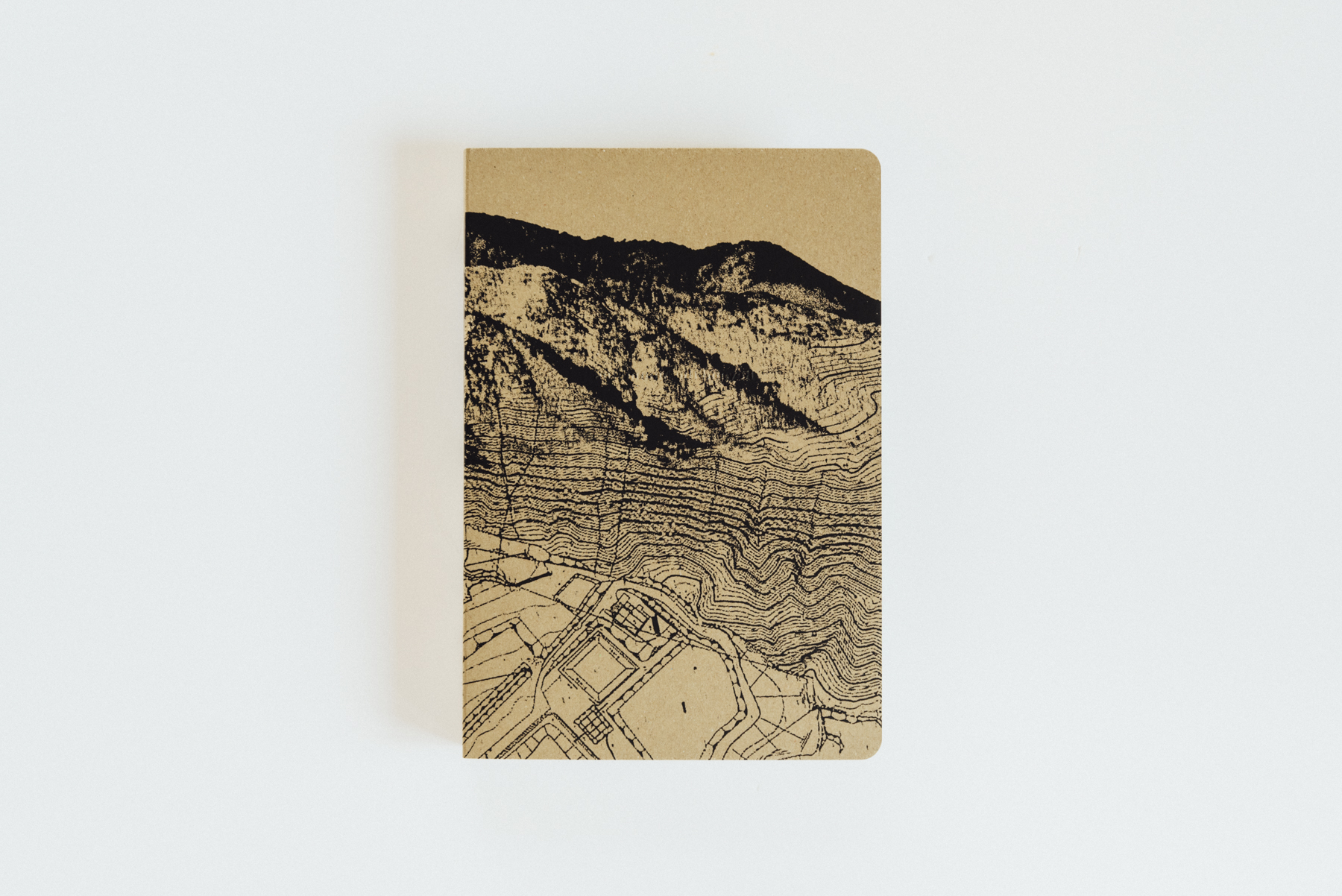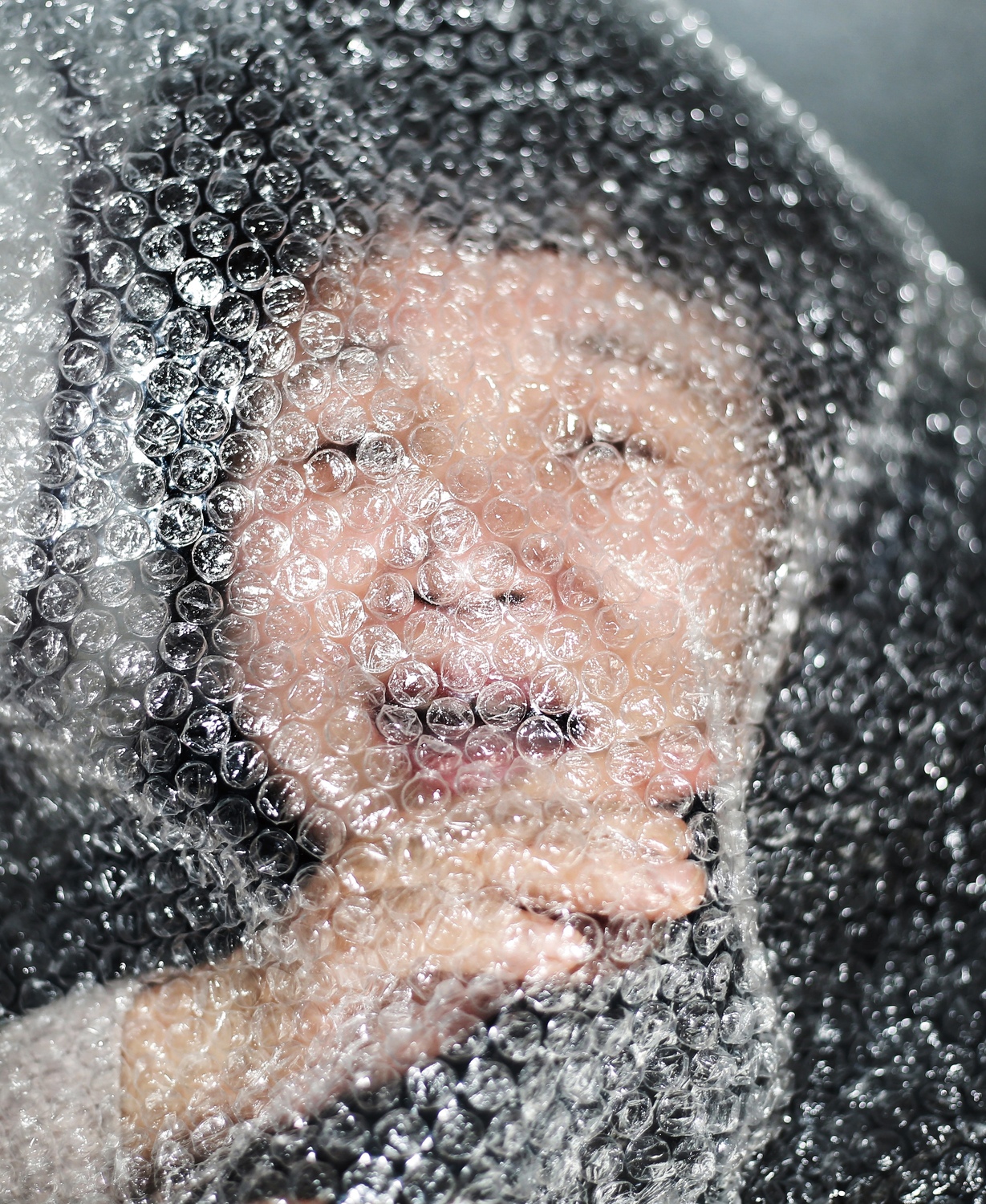The photographs in this work depict the hands of prisoners from the early 20th century Turkey, drawn from the photograph albums of Abdul Hamid II, the 34th Sultan of the Ottoman Empire. Hayal & Hakikat (translated as Dream & Fact), by Cemre Yeşil Gönenli, takes the form of two booklets — A Handbook of Forgiveness and A Handbook of Punishment — which can be viewed side by side.
Abdul Hamid II utilised photography as a tool for documenting the modernisation of the Ottoman Empire at the start of the 20th Century. A photography studio was built inside the Yıldız Palace and albums reproduced and sent across the world as a testament to the progress of the Ottoman Empire. Abdul Hamid II himself rarely left Istanbul but commissioned photographs so he could become acquainted with his own country, otherwise invisible to his eye. Amongst other things, Abdul Hamid II was obsessed with crime fiction and in the 25th year of his reign he ordered all murder convicts to be photographed with their hands visible, in preparation for a planned amnesty. He has been moved by pseudo-scientific information he had read in a crime novel that “any criminal with a thumb joint longer than the index finger joint, is inclined to murder.”
To this end, the photographs in this book show the subjects’ hands for the purpose of classification. They are presented in the book in categories – those chained with iron bracelets and those without. The artist has cropped out the faces of the subjects so their emotional state is ambiguous. The fate of the individual prisoners remains unknown as there is no record of the verdict of Abdul Hamid II after viewing the hands awaiting forgiveness. The book won the ‘Award for Best Photography Book of the Year’ in the international category at PHotoESPAÑA 2021 Awards and was shortlisted for the ‘Photobook of the Year’ category in the 2020 Paris Photo Aperture Foundation Photobook Awards and the ‘Historical Book of the Year’ at The Rencontres d’Arles Book Awards.
Publisher
FiLBooks
Gost Books
Winner for 8th SIPF Best Published Book Award










